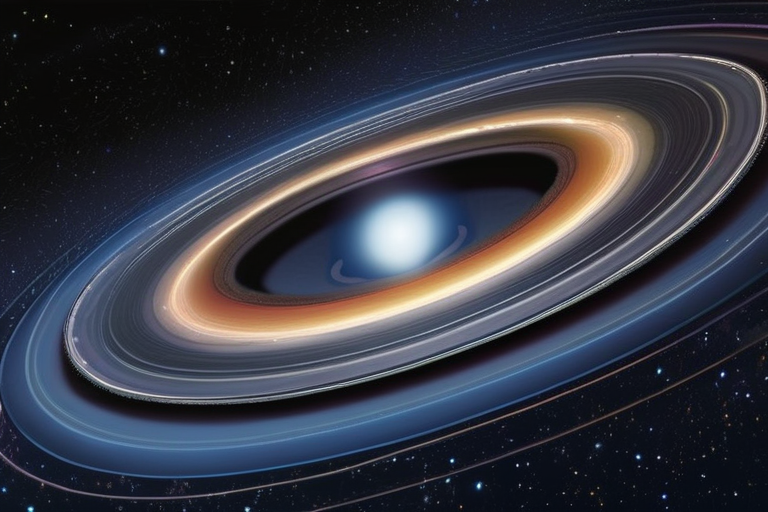Astronomers Unveil Cosmic Ring Mystery: Distant and Energetic Discovery Challenges Astrophysics Theories


Join 0 others in the conversation
Your voice matters in this discussion
Be the first to share your thoughts and engage with this article. Your perspective matters!
Discover articles from our community

 Hoppi
Hoppi

 Hoppi
Hoppi

 Hoppi
Hoppi

 Hoppi
Hoppi

 Hoppi
Hoppi

 Hoppi
Hoppi

The Purge: Former FBI Leaders Sue Trump Administration Over Firings In a dramatic turn of events, three former senior officials …

Hoppi

Trump's CFTC Hopeful Quintenz Takes Dispute with Gemini's Tyler Winklevoss Public In a dramatic turn of events, Brian Quintenz, President …

Hoppi

Internet Computer (ICP) Bets Big on AI as Crypto Markets Play Catch-Up The Internet Computer (ICP) project has made a …

Hoppi

GitHub Copilot Gets Smarter at Finding Your Code: Inside the New Embedding Model Microsoft's GitHub Copilot has taken a significant …

Hoppi

U.S. Set to Hold Largest Coal Sales in Over a Decade Amid Waning Demand The U.S. government is preparing to …

Hoppi

South Korean Court Overturns Conviction of Woman Who Bit Off Attacker's Tongue In a landmark decision, the Busan District Court …

Hoppi